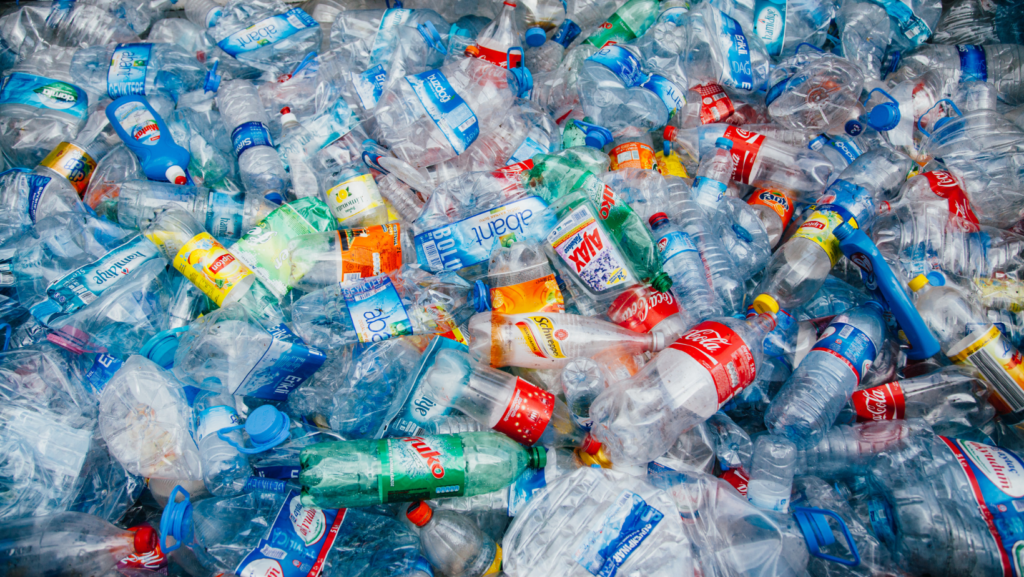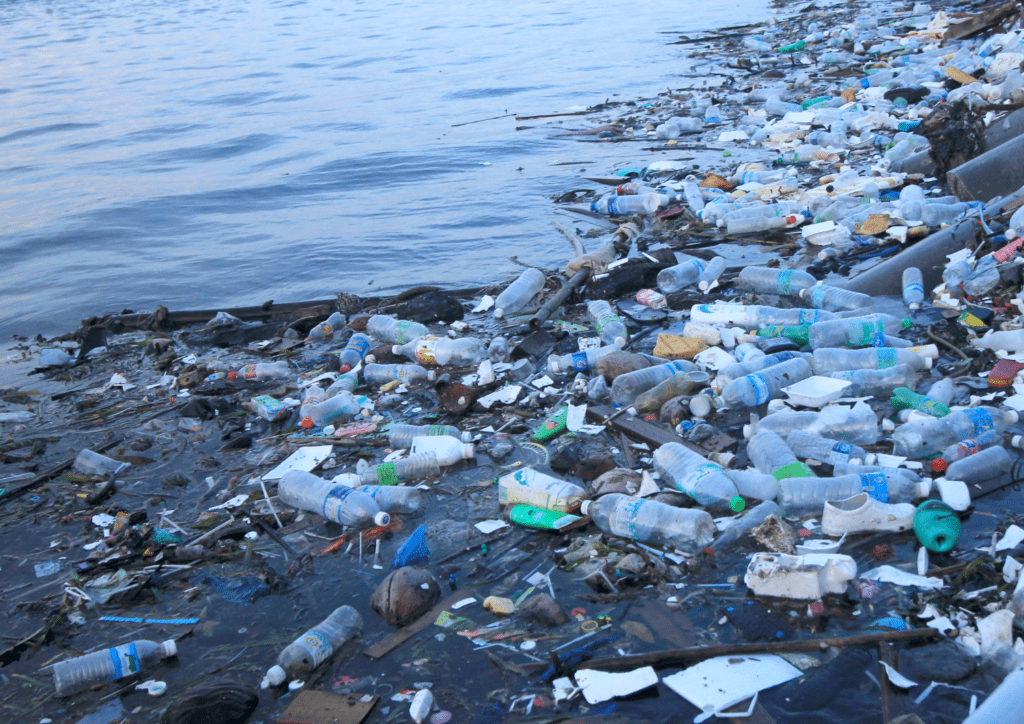From spewing harmful chemicals into our air to contributing to climate change, burning plastic waste is not a sustainable solution to end plastic pollution.
The world is drowning in plastic waste and we must find a solution. Burning plastics (or incineration) seems like a great solution – the plastic will disappear, electricity will be created through the process and Sweden does it – so why shouldn’t we?
Incineration seems like an easy and clean solution to our plastic waste issue but unfortunately, it comes with its own set of issues.
Watch The Water Brothers debunk our fourth myth!
Here are the top 3 reasons why burning plastic is not the solution to plastic pollution.
- Incineration doesn’t stop pollution – it actually contributes to it
The biggest problem with incineration is that it doesn’t actually solve the plastic pollution problem: plastics will continue to pollute our environment even if what is collected is incinerated. As long as more plastic is being pumped out into the world by plastic producers the chances of collecting it all will be minimized. So all the plastic that isn’t collected for burning will eventually find its way to the oceans, lakes and parks.On top of that, incineration contributes to more pollution, through air emissions. Plastics in particular, when burned, release pollutants such as dioxins and heavy metals. These air pollutants pose a health risk to communities located near plastic waste incinerators. A recent study found that in the U.S., about 80 per cent of incinerators can be found near low income communities. - Incineration facilities are expensive and we’ll be the ones stuck with the bill
Waste management is an expensive business. Waste collection alone comes at a high price which is covered through the taxes we pay. The cost of building, managing and operating an incinerator is significantly high.Incineration facilities require expensive power generators that cost millions to build and operate. They require a continuous supply of waste to keep running and that means a steady collection of waste. It’s a more demanding waste management system overall and that makes the energy produced from these facilities the most expensive of all energy sources. Just to give you an idea of the costs: Canada took back the 69 containers full of waste totalling 1,500 tonnes from the Philippines in June 2019. It cost $250 to burn one tonne of waste at the incineration facility in Burnaby, B.C. That’s $375,000 of taxpayers’ money!
- Incineration is unsustainable
Ninety-nine per cent of plastics are made from fossil fuels which means burning plastics is as unsustainable as burning any other fossil fuel. Incineration also encourages more plastic production to replace the plastic that is burned, and with it, the total emissions continues to rise. Incinerators are also a big investment for communities. The machines need to be fed a steady flow of waste to make it worthwhile. So rather than having incentives to reduce plastic consumption (which is the better solution to end plastic pollution), you have a community that is encouraged to produce enough waste to feed the machine in order to keep it up and running.
This never-ending cycle of burning and producing plastics keeps the plastics economy linear and the plastics industry very happy. They get to increase their plastic production, continue to pollute and more importantly grow their profit.
Plastic producers need to take responsibility for the plastics they produce
Ending plastic pollution means reducing plastic production and reusing as much as we can – this is a circular economy. Sure, incineration will make some plastics disappear, but the pollution will remain and even increase. It’s like putting a band-aid on a festering wound – it’s a short-sighted solution to an issue that is getting worse and worse by the minute.
Plastic producers have a huge role to play in ending the global plastic crisis. But governments need to put rules in place to force them to redesign their products using less plastic and get them to clean-up this throwaway economy they’ve created.









